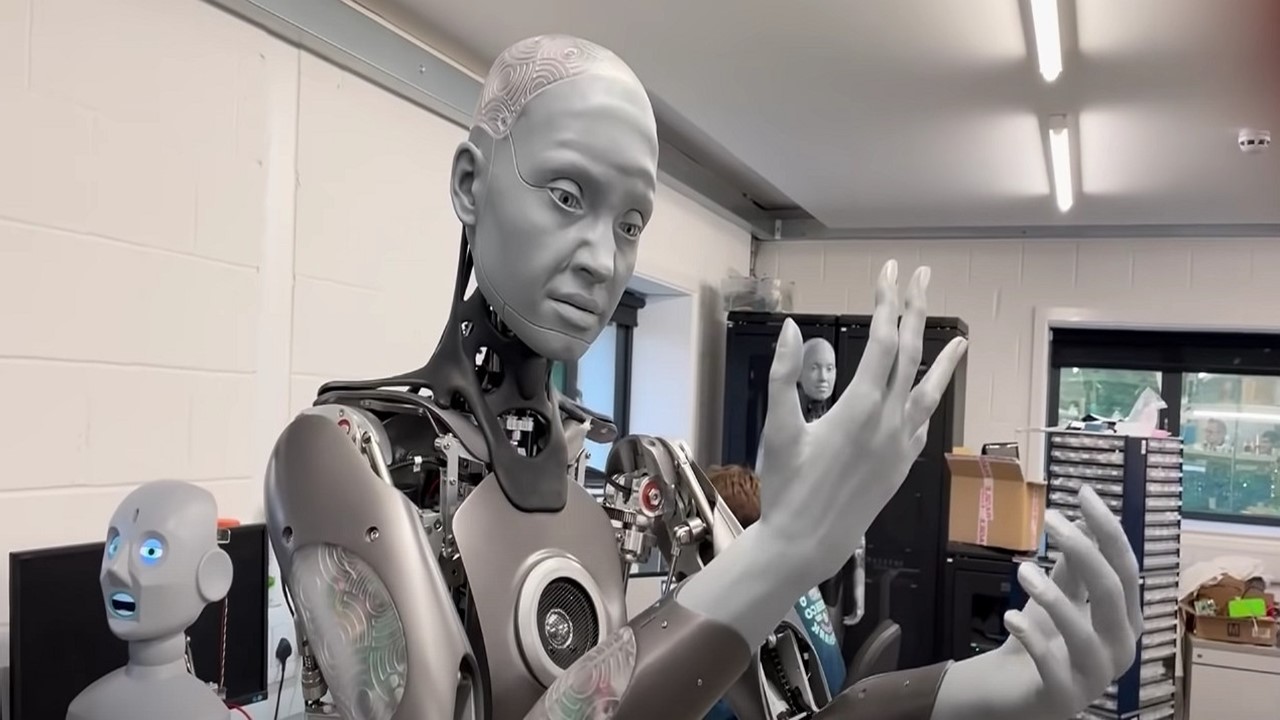Proteins, macromolecules made up of amino acids, are a vital component of our diets. They carry out a variety of tasks, such as facilitating chemical processes, carrying oxygen, and battling infections. However, it has proven to be a difficult task for scientists to create new proteins with desired functions. Designing a protein with a certain function is indubitably a longshot since the process of protein design requires a complicated interplay of several physical and chemical elements. Recent advances in machine learning and artificial intelligence have enabled the rapid and accurate design of novel proteins. A unique strategy for protein design utilizing reinforcement learning was discussed in a recent Science paper.
Protein Engineering: A Quick Recap
Protein engineering is an exciting field of study that involves modifying and optimizing the properties of proteins for various applications, including drug discovery. In drug discovery, protein engineering plays a critical role in the development of novel and effective therapeutics. Proteins are the targets of many drugs, and modifying their structures or functions can help increase their potency, selectivity, and stability.
Designing proteins with high affinities and specificities for a given target is one of the key goals of protein engineering in drug development. This is frequently accomplished by altering the protein’s active site, which is the area where the target molecule interacts with the protein. Researchers can enhance the protein’s binding capabilities and enhance its capacity to recognize and bind to the target by changing the active site. Additionally, protein engineering can aid in enhancing the drug’s pharmacokinetics and pharmacodynamics by extending its half-life, decreasing its immunogenicity, or increasing its solubility, for example.
The creation of cutting-edge therapeutic modalities, including biologics, is a significant application of protein engineering in drug discovery. Large, intricate protein molecules known as biologics are created with a specific pathway or receptor in mind. These molecules can be modified to have special qualities like enhanced effectiveness or fewer side effects, and they can be used to treat a variety of illnesses like cancer, autoimmune conditions, and infectious diseases. Many successful biologic drugs have been developed using protein engineering techniques, such as directed evolution and rational design, and these techniques are still crucial in the search for new therapeutics.
Protein Design with Reinforcement Learning
The article entitled “Top-down design of protein architectures with reinforcement learning” describes a new method for designing proteins using reinforcement learning. A specific form of machine learning called reinforcement learning allows agents to interact with their environment and learn from it by rewarding or punishing them based on the actions they perform. In the context of designing proteins, the agent is a computer program that creates protein structures and is rewarded based on how successfully those structures carry out a desired function, such binding to a certain molecule. Based on how successfully the protein serves the intended purpose, the agent is subsequently rewarded. The objective is to educate the agent to produce protein structures that accurately carry out the required function.
The researchers used a reinforcement learning algorithm to design new proteins that can self-assemble into predefined structures. The algorithm was trained on a library of protein fragments that can assemble into complex structures. The algorithm learned to select the right protein fragments and assemble them in the correct order to form the desired structure. The researchers used this approach to design several new proteins, including a protein that can form a tetrahedral cage-like structure and a protein that can form a crystalline lattice.
Implications for Protein Engineering
The ability to design new proteins with desired functions has tremendous implications for protein engineering. It can lead to the development of new drugs, materials, and catalysts. The use of reinforcement learning in protein design can speed up the process of protein engineering and make it more efficient. The researchers demonstrated that their method can design new proteins with high accuracy and speed.
The Future of Protein Design
The use of artificial intelligence and machine learning in protein design is still in its early stages. However, it has already shown tremendous potential. The development of new algorithms and computational tools will enable scientists to design proteins with unprecedented accuracy and speed. The ability to design new proteins with desired functions will revolutionize many fields, including medicine, biotechnology, and materials science.
Study Sponsors
The Audacious Project at the Institute for Protein Design, Amgen, the National Institutes of Health, Microsoft, the Open Philanthropy Project, and the Novo Nordisk Foundation were among the groups that provided funding for the project. The Advanced Light Source, a national user facility run by Lawrence Berkeley National Laboratory on behalf of the Department of Energy, was used in part for research.
Study DOI: 10.1126/science.adf6591
Subscribe
to get our
LATEST NEWS
Related Posts

AI, Data & Technology
The Power of Unsupervised Learning in Healthcare
In healthcare’s dynamic landscape, the pursuit of deeper insights and precision interventions is paramount, where unsupervised learning emerges as a potent tool for revealing hidden data structures.

AI, Data & Technology
Unlocking Intelligence: A Journey through Machine Learning
ML stands as a cornerstone of technological advancement, permeating various facets of our daily lives.
Read More Articles
Synthetic Chemistry’s Potential in Deciphering Antimicrobial Peptides
The saga of antimicrobial peptides unfolds as a testament to scientific ingenuity and therapeutic resilience.











